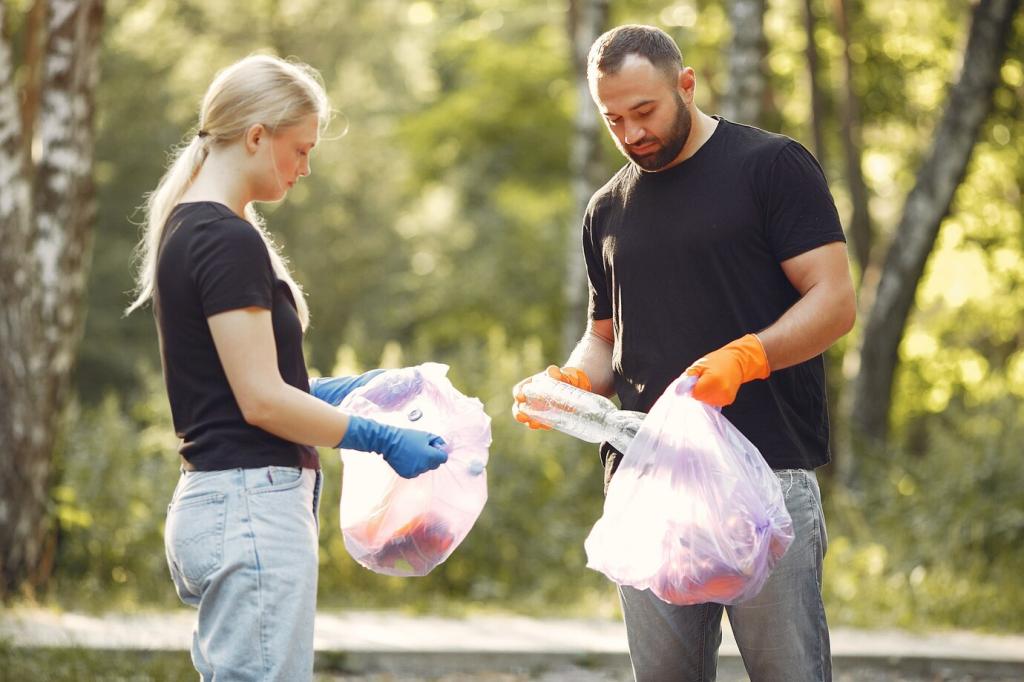Why Choose Natural Cleaning for Furniture
Wood, leather, fabric, and metal each react differently to acids and bases. Knowing that vinegar is acidic and soap is alkaline helps you avoid damage, reduce streaks, and clean effectively with confidence.
Why Choose Natural Cleaning for Furniture
Natural cleaners typically leave less residue, meaning dust won’t cling and finishes won’t dull. Your rooms feel lighter, allergies calm down, and daily upkeep becomes quicker and more pleasant overall.



